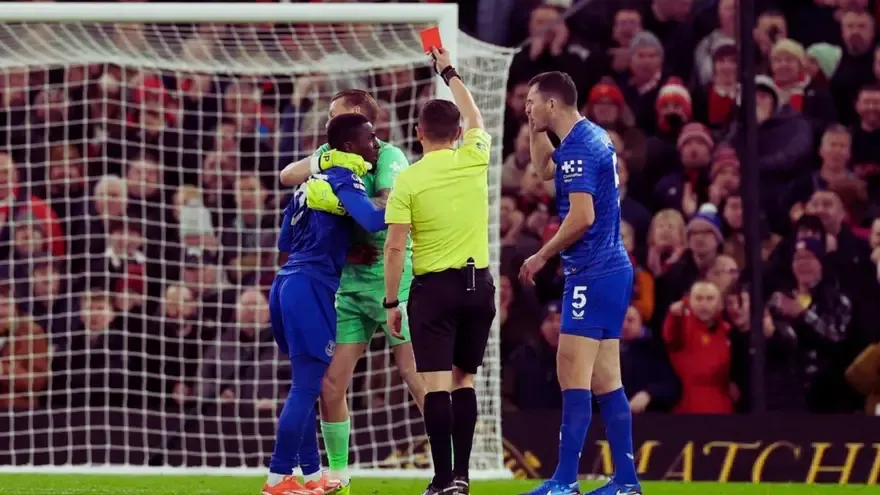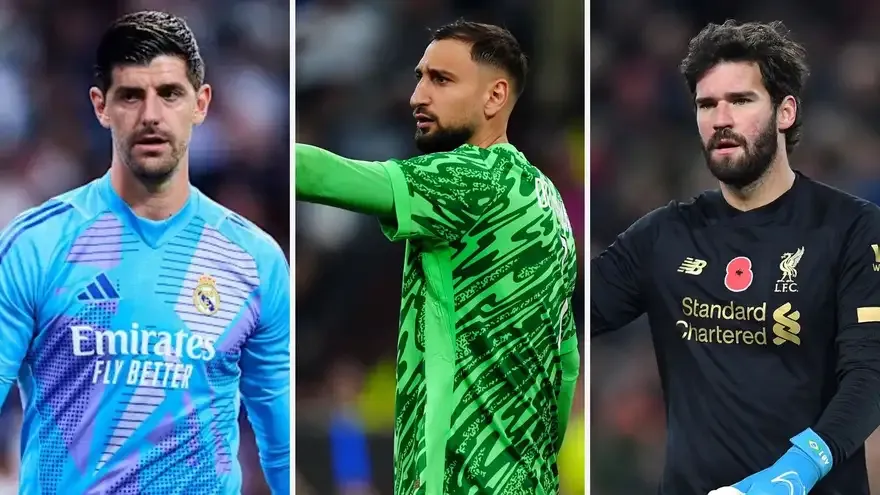It is the 2001 season. Leeds United had only missed the CL qualification by a point. Even though that was good in terms with the Leeds we see nowadays, things were a bit different. Missing Champions League football would set off some early warning systems at boardroom level as well as a whole lot of angry red ink on the company balance sheets. Even though the club was doing good, behind the scenes, the club’s success was financed by a toxic coupling of securitized debt and a sale-to-lease transfer framework.
Leeds was a club embalmed in history and equipped with a vociferous army of supporters who yearned for the restoration of their glory days. They were primed for success and long-time supporter turned Chairman; Peter Ridsdale wanted to propel them to dizzying new heights.
Bold transfer spending in the late 1990s was designed to furnish new manager David O’Leary with a competitive squad that could sustain Champions League football. Almost £16 million was spent. Given today's inflated figures, this may not appear to be an extravagant investment, but the club's total revenue for 1998-99 was just over £37 million, with more than 40% of that going to transfer fees alone.
However, Ridsdale knew he needed more capital to keep top players coming in. Leeds would choose to participate in a system in which multiple financial companies would give them the money they needed to make a new signing, with the club repaying them throughout the player's contract, at above-average interest rates. This was a sale-to-lease arrangement that would leave the club out of cash if the player's worth dropped for some other reason and he was sold at a loss.
Off the field, Ridsdale had also been busy securing the biggest loan ever raised by an English football club at the time. A staggering £60 million securitization loan was taken out with repayments over 25 years. A 21-year-old Rio Ferdinand was signed for a British record £18 million in 2000. In addition, Dominic Matteo, Olivier Dacourt and Mark Viduka were added in a further splurge of £17.45 million.
The next season came with a 5th position finish. The worse was yet to come. Net debt of £82 million was strangling the club after their Champions League gamble failed in successive seasons. Selling players ensued as Leeds tumbled town the table in 2002/03, narrowly avoiding the drop on the final day of the season.
Leeds posted losses totalling 49.5m next season, the highest in British Football. One of the game's biggest intuitions was on the verge of bankruptcy, and the football community recoiled in disbelief. The fall of Leeds marks a turning point in the Premier League's fiscal naivety when its gravy train roller coaster came to a halt to dump a member club that could no longer be saved.














